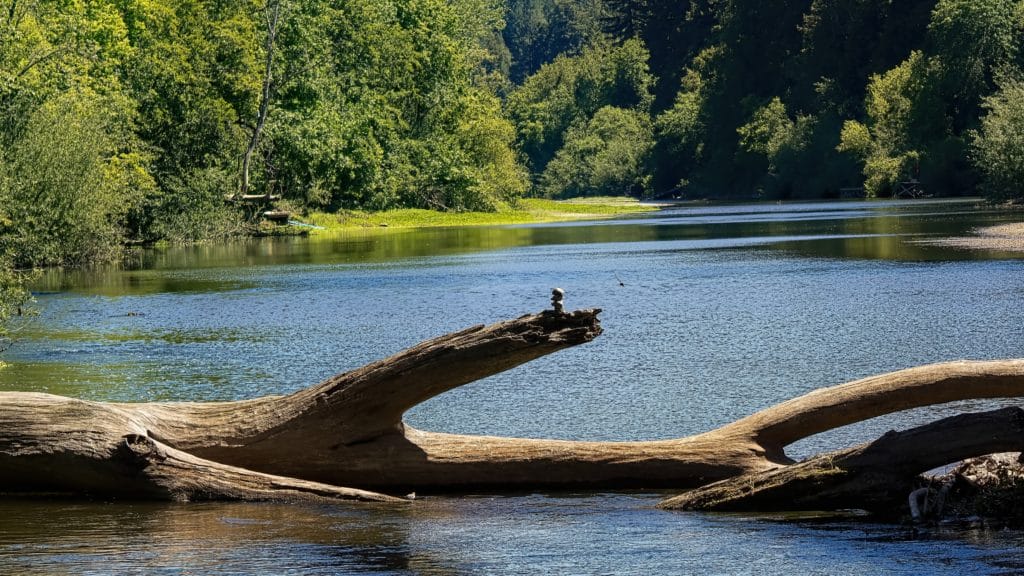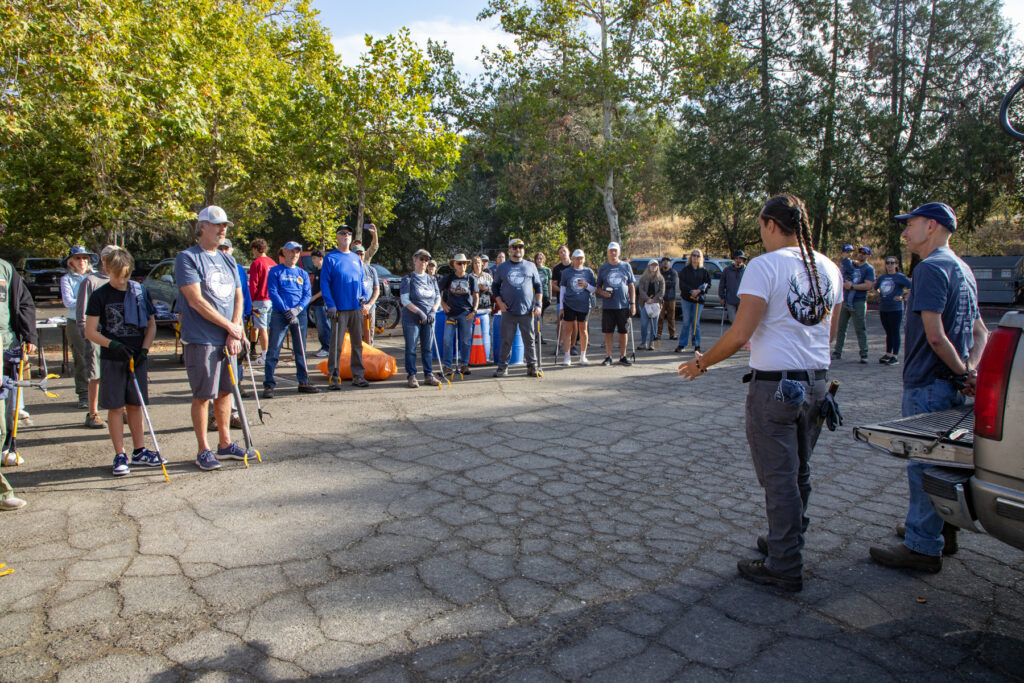Fifty years ago, US waters were severely contaminated by sewage, trash, oil, and toxic industrial pollution. The Russian River was no exception, making fishing and swimming frequently unsafe and drinking water unhealthy. The Clean Water Act was passed in 1972 to provide the public with strategies, resources, and tools to ensure our waterways are protected from pollution. Today, the Clean Water Act can be broadly categorized into three broad areas: water quality assessment and restoration, citizen rights and enforcement, and supportive resources, funding and related programs. Although we’ve made significant progress over the past 50 years, there’s still a lot of work to be done.
Water Quality Assessment and Restoration
Under the Clean Water Act, EPA, states, and tribes are all required to assess water quality and then take action to restore polluted waters. Many areas in the Russian River watershed are polluted by sediments, temperature, pathogens, mercury, phosphorus, and dissolved oxygen.
To help address these water quality concerns, Russian Riverkeeper participates in the permitting and listing processes designed to reduce and control pollution. For instance, several years ago, we successfully worked to get the Laguna de Santa Rosa listed as impaired for nutrients because they were causing excessive plant growth and killing fish. That impairment listing prompted the requirement to develop cleanup plans that are ongoing today.
Another example is the upcoming Vineyard Permit where we will work with the Regional Water Board to reduce sediment polluted runoff from vineyard properties, improve Best Management Practices, and ensure adequate setbacks are in place to protect our riparian habitats.
Later this year, we will also be participating in revisions to the Russian River Municipal Stormwater (MS4) Permit that regulates runoff from our urban areas. We will be working to ensure strong protections against excessive trash, nutrients, and pathogens entering our waterways from urban runoff. One such way we intend to meet this goal is to advocate that cities be required to pick up trash before mowing roadside areas so that trash is not chopped into tiny pieces that are then harder to pick up and can more easily enter our local waters.
Citizen Rights and Enforcement
The law provides citizens with robust rights to access information and participate in water quality decision-making and permitting processes, including the right to enforce the Act in federal court when governments or polluters violate the law, or governments don’t enforce the law.
In fact, Russian Riverkeeper utilized this citizen suit enforcement in 2007 to file against the Redwood Empire Sawmill Facility for their highly contaminated discharges into Oat Valley Creek. The pollution harmed endangered Salmon and Steelhead populations, and threatened drinking water supplies for over 500,000 residents. Russian Riverkeeper settled this suit in 2008 with a Consent Decree that required the sawmill to install a detention pond and treatment system to reduce pollutants and provide mitigation funds to offset the pollution.
Russian Riverkeeper is continuously seeking out new opportunities for citizen suit enforcement when local polluters are breaking the law and when our regulating agencies fail to act.
Supportive Resources, Funding, and Programs
The law includes many programs to protect and restore watersheds through public-private partnerships, infrastructure supports, grant programs, and scientific, technical, and educational resources. Most of the sewage treatment plants in the Russian River were upgraded with the help of funding from the Clean Water Act. Funding was also provided to protect the watershed from pollutants generated by recent wildfires.
Today, the Act has dramatically reduced pollution and improved water quality, but progress is threatened by deregulation, insufficient funding, lack of enforcement, and other serious problems. This statute turns 50 in October—and we’re raising our voice with our global water movement Waterkeeper Alliance to restore and improve upon this vital law.
Fifty years ago, two-thirds of all lakes, rivers, and coastal waters were unsafe for fishing or swimming, and 41% of water systems failed to meet the U.S. Public Health Service standards. The Clean Water Act has led to remarkable turnarounds in watersheds throughout the country. However, more needs to be done to protect American waterways. Specifically, Waterkeeper Alliance is prioritizing the following key issues:
- Expanding the definition for “Waters of the United States” to include waterways like ours in a Mediterranean climate that is prone to more ephemeral and seasonal streams.
- Improving regulation and enforcement of concentrated animal feeding operations, or CAFOs; and agricultural pollution.
- Reducing nonpoint source and stormwater pollution from urban areas and agriculture.
- Obtaining effective regulation for emerging contaminants and plastic pollution.
Learn More from Waterkeeper Alliance.






